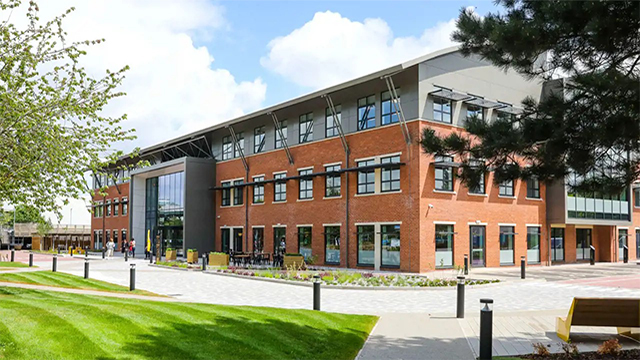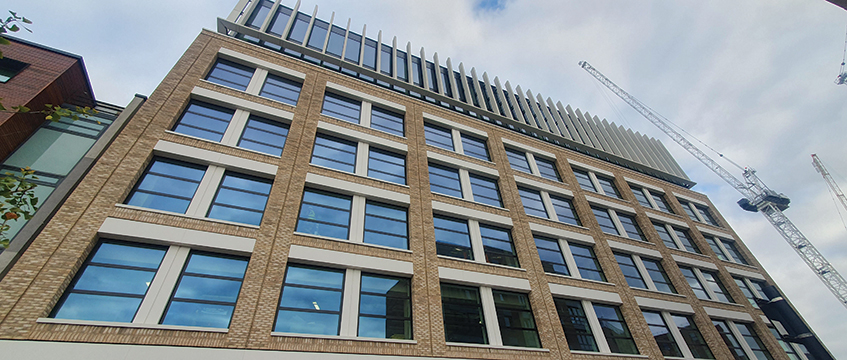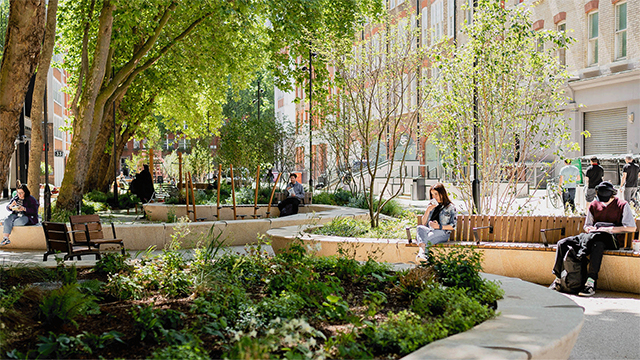Report eyes investment gap as demand for London co-living set to boom
London has a potential market for 600,000 co-living beds, far outstripping the 11,500 beds that will be supplied by 2027, says Gerald Eve.
The agent’s Co-Living Operator Survey found that while London has a potential market of 370,000 students, there are currently just 100,000 purpose-built student accommodation beds.
London has a potential market for 600,000 co-living beds, far outstripping the 11,500 beds that will be supplied by 2027, says Gerald Eve.
The agent’s Co-Living Operator Survey found that while London has a potential market of 370,000 students, there are currently just 100,000 purpose-built student accommodation beds.
The survey found that in specific areas of London, there are significant investment opportunities for co-living. It found that in Zones 2 and 3, the investment yield for existing co-living stock ranges from 4% to 4.75%, reflecting a mix of stock, but recent prime funding deals in London are showing yields of between 4.35% and 4.5%.
The research also found that, in London, the typical tenant is on an average salary of £37,375 per annum, renting for a term of 12 months, with 46% of tenants from overseas.
Jo Winchester, co-living consultant at Gerald Eve, said: “Our research underscores co-living’s potential as a resilient and adaptable housing model in the face of rapidly changing urban lifestyles and housing needs.
“The sector is clearly experiencing dynamic growth, offering new living solutions that cater to a diverse urban population. Meanwhile, the GLA’s recently published space standards provide helpful guidance for developers and greater flexibility with regard to the provision of communal space.
“This report clearly marks out co-living as part of the housing solution for today’s rapidly changing cityscape. Of particular note is the role of co-living in catering to the needs of single renters – a segment of the market historically under served by traditional rental markets.”
Image © cottonbro / Pexels











